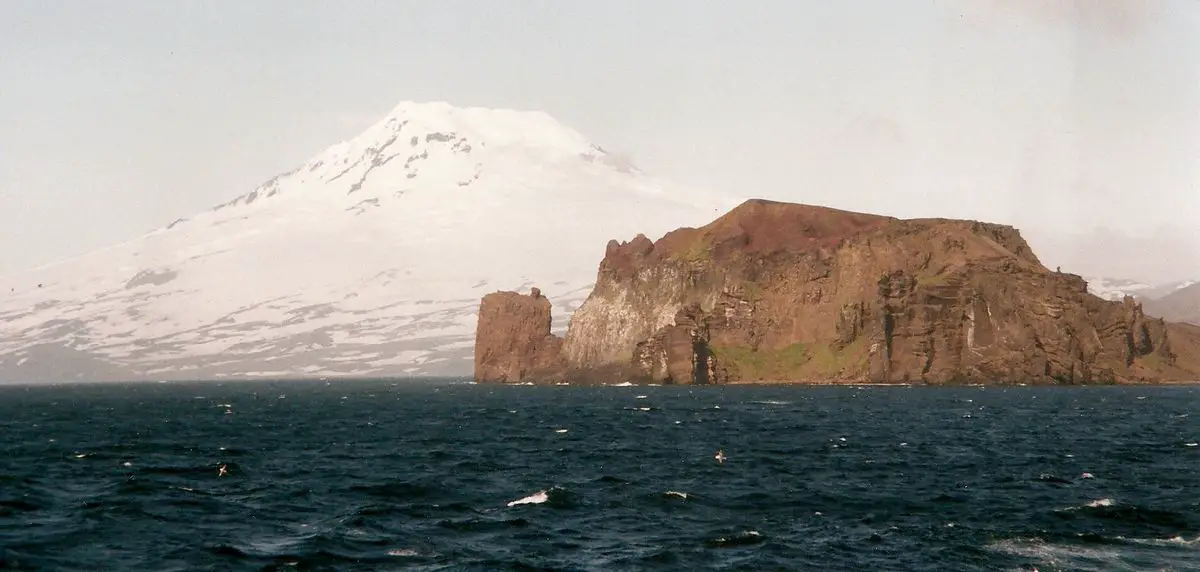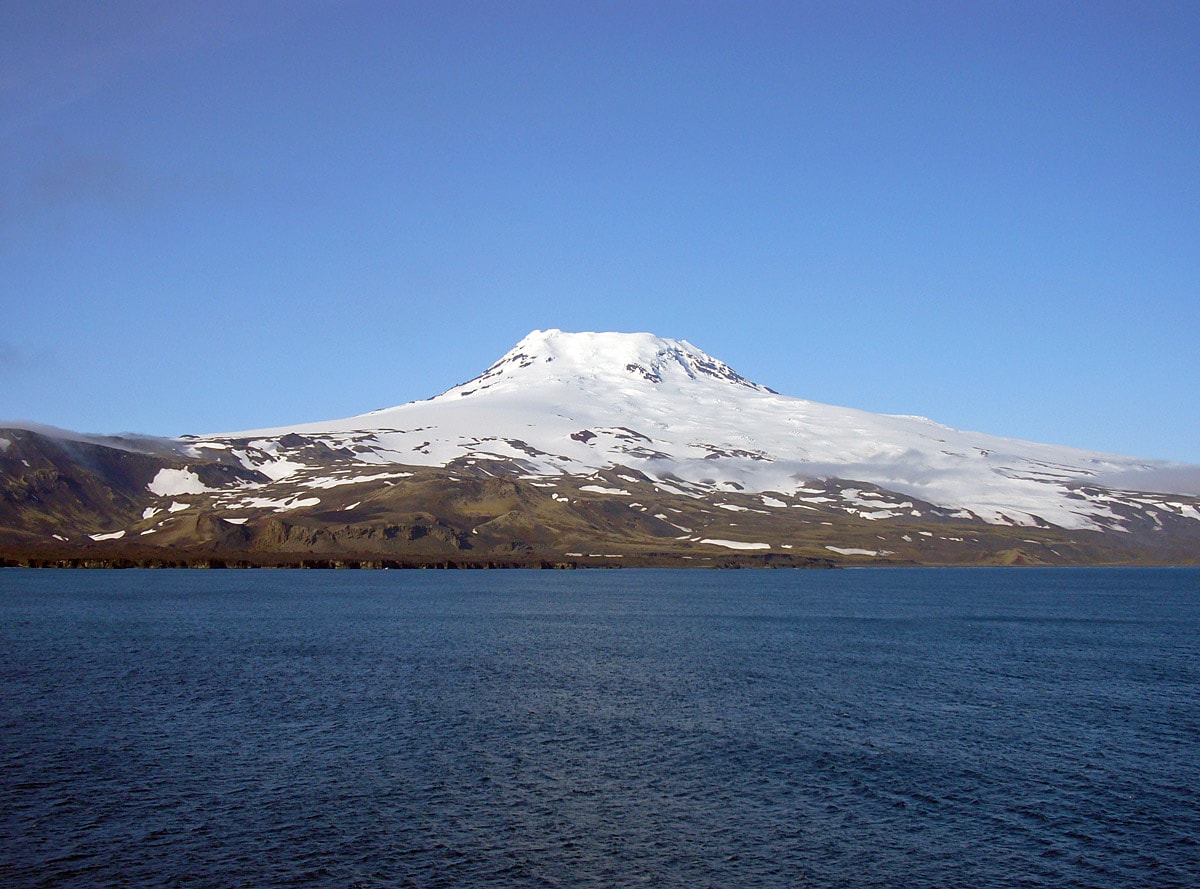Wondermondo 🢖 World 🢖 Wonders of Europe 🢖 Wonders of Norway 🢖 Wonders of Jan Mayen
Territory
Wonders of Jan Mayen

 Highlights
Highlights
This small island (part of Norway) contains several exciting volcanic landmarks.
An unusual feature is also driftwood – trees covering the black beaches of volcanic sand. These trees have floated here from the big rivers of Russia and even Alaska and Canada.
Island is rather rich with plant life. Here grow 75 species of vascular plants, 180 mosses, 150 species of lichens. 7 species of lichen are met only on Jan Mayen – they are endemics.
Map with the described wonders
Please add some markers to your posts before using this shortcode.
 Top 3 wonders of Jan Mayen
Top 3 wonders of Jan Mayen
Geological wonders
Beerenberg
Active, 2,277 m high volcano, dominating the surrounding area. This is the northernmost active subaerial (e.g. above the water and ice) volcano in the world. The last eruption took place in 1985. Several large glaciers around this volcano create ice caps, in several locations the glaciers fall in the ocean, creating spectacular icebergs. Weyprecht Glacier enters the sea with some 70 m high ice wall.

Eggøya
Former island – a volcanic crater that joined to Jan Mayen around the 18th century by the sand accumulation. There are fumaroles on Eggøya.
Søyla
114 m high rock – a remnant of a volcano plug. It is much used by birds for safe breeding and around this rock, there is much guano – and hence – much plant life. There form other interesting rock formations including natural arches that after some time collapse.
 Recommended books
Recommended books
Svalbard, 5th: Spitzbergen, Jan Mayen, Frank Josef Land
There is no other guide to Svalbard. This stunningly gorgeous, seriously remote Arctic archipelago is about as far from civilization as you can get in Europe. Permafrost freezes the ground up to half a kilometer in depth, while winter temperatures can drop to over 40 below zero. Svalbard’s glorious mountains, majestic fjords, and sprawling valleys are the perfect setting for journeys to the back of beyond – by snowmobile, snowshoe, or Siberian husky.
Spitsbergen Explorer Map by Ocean Explorer Maps
This book covers the famous Arctic archipelago (named Spitsbergen when discovered by the Dutch in 1596, but now more commonly referred to as Svalbard – the Viking word for ‘cold coast’). On one side there is a clear and uncluttered map of the archipelago, with useful annotations; on the reverse, there are excellent biographical summaries of 27 noted explorers (including Horatio Nelson who came here as a 14-year-old midshipman!) plus brief descriptions and color photographs of the more common plants, invertebrates, birds and mammals.


